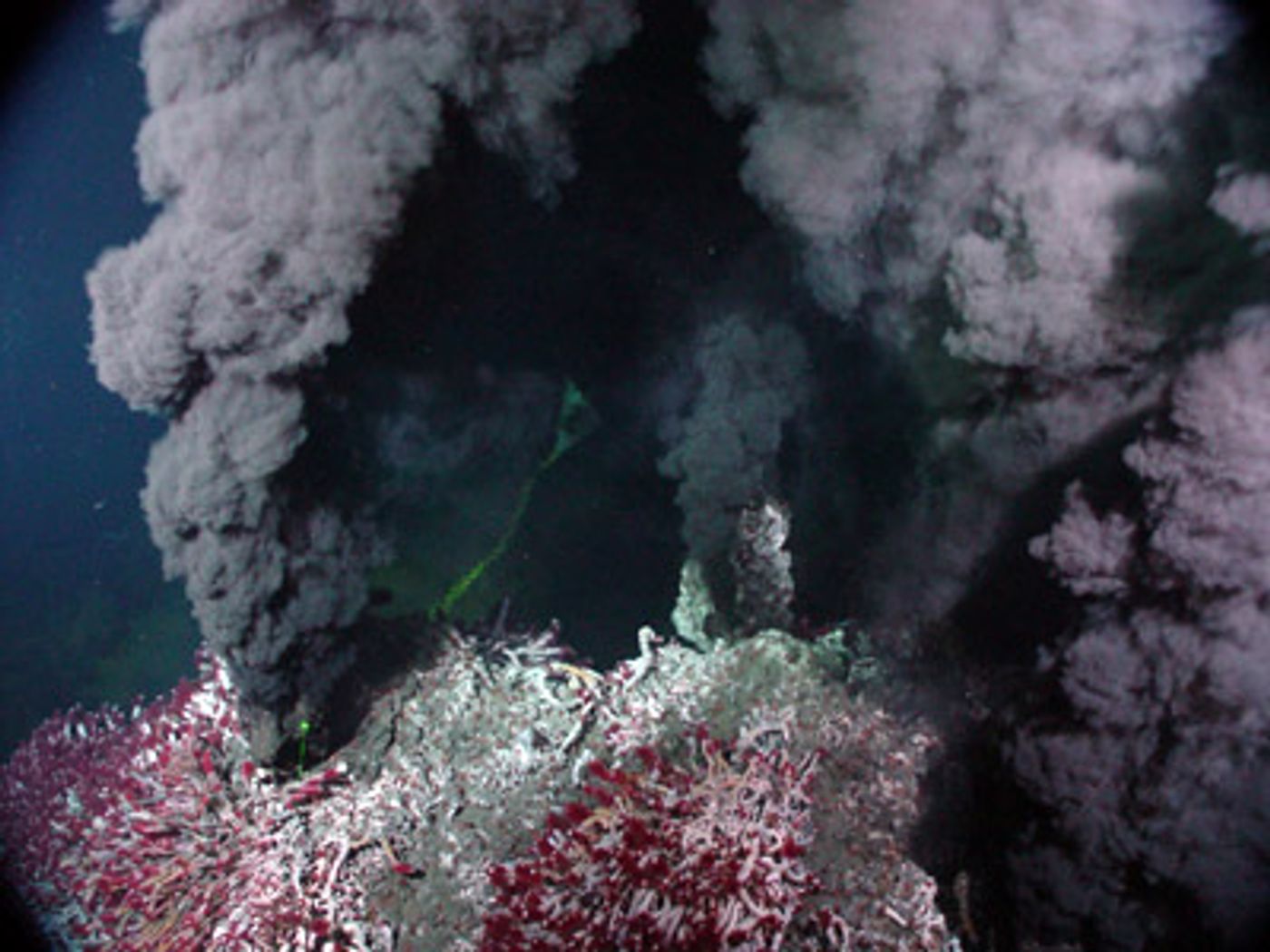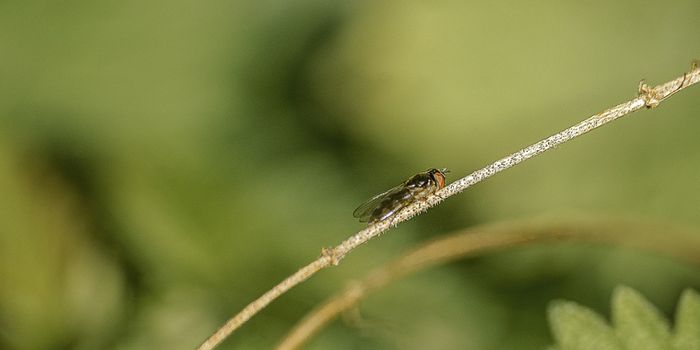Researchers have unveiled details about the last universal common ancestor to all life on Earth, with the acronym LUCA. While this is not the exact identification of a species, the description is rich in details, and we do know it was a single-cell organism that probably is a lot like a bacterium. It existed when the Earth was a young 560 million years old, about four billion years ago.
Our current tree of life divides organisms into six kingdoms – archaebacteria, eubacteria, fungus, protists, plants and animals. It’s long been considered that LUCA is the common ancestor of both archaea and bacteria, while eukaryotes were thought to have entered the scene later. An explanation of the three domains of life is seen in the video above.
The new work, published in Nature Microbiology, began by comparing the genomic sequences of 2000 microbes that exist today to look for common threads. After analyzing around six million genes, the researchers identified 355 families of genes that are widespread, indicating to the investigators that they probably came from the same place – LUCA.
Those genes gave the scientists some clues about the microbe. It probably fed on hydrogen gas and had no access to oxygen. Those clues indicated that apparently, LUCA was an extremophile – a lover of extreme environments – and likely lived near hydrothermal vents on the ocean floor. Those vents are where the ocean meets magma, a hot, toxic place full of sulfides and metals. Many researchers posit that life began in a place like that, where extremophile microbes still exist.
One author of the study, William Martin, an evolutionary biologist at Heinrich Heine University in Düsseldorf, Germany told New Scientist, “I was flabbergasted at the result, I couldn’t believe it. It’s spot on with regard to the hydrothermal vent theory.”
That is a theory subject to intense debate, however. Some scientists think that this elegant discovery does provide great insight into what forms of life inhabited the Earth four billion years ago, but the data doesn’t prove that life originated in that type of extreme place. The organism described by Martin also seems to be missing a lot of genes that are vital to the normal function of life.
Jack Szostak of Massachusetts General Hospital, a scientist who has investigated how the first cell membranes may have originated, told the
New York Times that LUCA and the origin of life are “events separated by a vast distance of evolutionary innovation.” Martin has suggested that the microbe relied on its surroundings for the remainder of its survival needs, and called it an organism “half alive.”
To that argument, a scientist with a rival theory, chemist John Sutherland of the University of Cambridge responded, “It’s like saying I’m half alive because I depend on my local supermarket.” While LUCA does trace back to the hydrothermal vents, Sutherland thinks life originated on land, where prebiotic chemistry could interact without disruption, and could feel the effects of ultraviolet light. Sutherland would have liked to see chemical simulations from Martin’s group to support their sea vent theory.
However, James O. McInerney of the University of Manchester reminds us in a commentary that the study still gives us “a very intriguing insight into life four billion years ago.”
Sources:
New York Times,
Smithsonian Magazine,
Nature Microbiology









